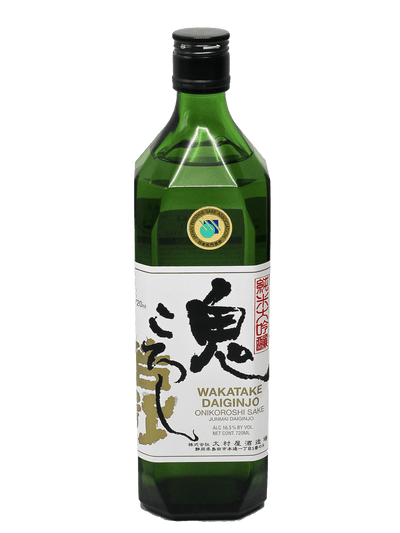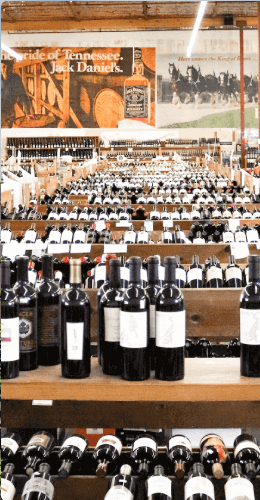Winemaker Profile: Peter Sisseck (and his wine PSI)

He quickly tires of conversing about wine; he prefers beer on most occasions, also finding the worldwide vinous capital, Bordeaux, uninspiring in perspective. Yet, the Dane Peter Sisseck is a winemaker through and through; for 25 years he has painstakingly crafted Spain’s most celebrated red wine and devoted his life to wine production not only in Ribera del Duero, but also Saint Emilion, in Bordeaux, where he learned his craft. Combining elite sensibilities with humanist concern that only comes from close association with the soil and plants, Sisseck claims to have landed on the Iberian Peninsula by chance, being destined as a young oenologist for California wine country, an epicenter of industrial production. Now he is a foremost advocate of biodynamic grape growing, yet his views on natural wines have, at times, been scathing.
Peter Sisseck is a wine world enigma, but both his viewpoint and his wines deserve exploration. He makes a wine called Pingus, which in a very short time in the mid 1990s became acknowledged by critics (especially Robert Parker) as one of the best red wines of Spain and now counts among the most highly-allocated and expensive. Sisseck makes other wines as well, at Hacienda Monasterio, where he worked before launching Pingus, and at Chateau Rocheyron in France, where he successfully implemented biodynamic methods even in Bordeaux’s relatively cool, damp climate, which is a far cry from arid Ribera in Spain.
Pingus is made with grapes from Sisseck’s own small vineyard, planted with ancient Tempranillo vines, but over a decade ago he launched a new project to not only produce more Ribera red wine, but also to aid local farmers in terms of both agricultural knowledge and profitability as well as saving old vine plantations in his local area. Sisseck balances cutting-edge technical skill with traditional methods and eco-friendliness. He is not one for fads in winemaking. He once called attention to the chasm between highly technological wines and extreme versions of natural wine as “big” and “stupid.” In an interview he emphasized the necessity of making wines with “great respect for tradition, great respect for origin, and great respect for knowledge.”
His big, knowledge-based project is called Psi. It started in 2006. The motivations behind it included a desire to give back to local grape farmers who had welcomed Sisseck to the region, to produce a wine that expressed Ribera del Duero’s terroir, or sense of place, and to save old tempranillo vines from being ripped up, sustaining them and the soil through organic practices. Sisseck found the local practice of paying for grapes by the ton only incentivized production of quantity not quality, which led to disastrous soil practices, including the use of chemicals.
Grapes for Psi come from around 200 hectares of vineyard, but not all in one place. There are about 750 plots in 20 different villages throughout Ribera del Duero, with 50 hectares directly under Sisseck’s management. The wine often features substantial percentage of Garnccha, which give it freshness, as well as minor percentages of field blends. In 2018, there was 12% Garnacha and 2% other grapes, including whites. For the 2019 Dominio de Pingus Psi Ribera del Duero, a red wine available to buy online now, there is 10% Garnacha, which is known as Grenache in France. The blend is special.
Robert Parker’s Wine Advocate continues to favor Sisseck’s Pingus wines (including the 2019 Psi available from Bottle Barn wine store Santa Rosa for shipping across the USA). “It really reminds me of the young wines from Ribera del Duero from the early 1990s,” writes the Advocate’s wine critic, “with some aromas of orange peel, earthy and smoky (very mild) and with fine-grained tannins.” He adds that the 2018 vintage “has good ripeness at 14% alcohol and integrated acidity but great balance.”
Sisseck has now also turned his focus to Sherry production in Jerez. We are all anxiously waiting to see what his genius accomplishes in this storied region of Andalusia.
Written By: Charlie Leary


















Peter, I became familiar with your wines when I was working with Greg Harrington at Postrio Las Vegas. I was a wine buyer for a number of years in Northern California prior to my employment in Las Vegas. I just wanted to say what you’ve done for Tempranillo is extraordinary. Thanks. It was a pleasure.
Leave a comment